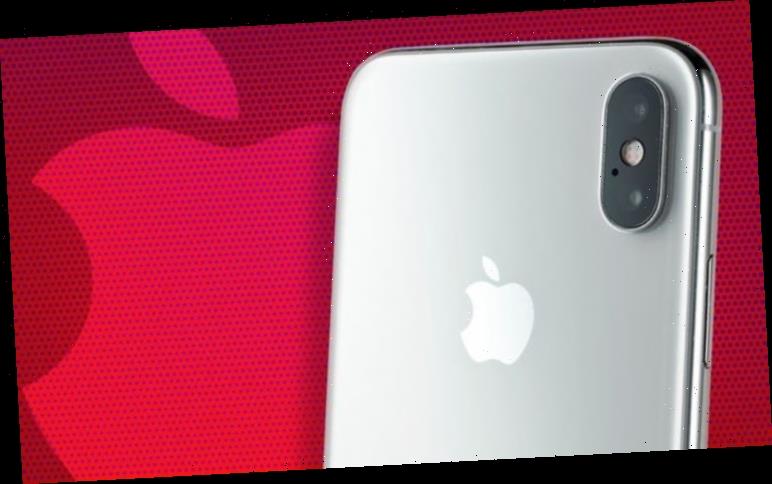When Apple unveiled the iPhone X to the awestruck crowds in the Steve Jobs Theatre in its Cupertino-based headquarters, it was the biggest shake-up to the iPhone design since the original handset. Gone was the iconic Home Button with its Touch ID fingerprint scanner, replaced instead with a new facial recognition system. Gone were the chunky borders along the top and bottom of the phone, swapped out for a trademark curvaceous notch and swipe-based gestures to replace the button presses of yore.
And now it seems Apple is gearing up for another substantial redesign of its handset. According to a new patent filed by the iPhone manufacturer – and spotted by the eagle-eyed folks over at Dutch technology blog LetsGoDigital, Apple is looking to eradicate the notch from a forthcoming flagship.
The patent was published on December 23, which suggests Apple has been working on the technology for some time …since these documents take a while to filter through the approval process and surface online.
There have been whispers that Apple is looking into adding an under-screen fingerprint sensor to its iPhone range as a back-up for times when using Face ID isn’t entirely practical – like in bed when you’re not naturally holding the phone far away enough for the depth-sensing cameras to work, or in bright sunlight, which has been known to cause the system to go awry.
MORE LIKE THIS
Apple iPhone 11 Pro review
However, it seems unlikely this would replace Face ID outright. After all, Apple says Face ID is more secure than the Touch ID fingerprint scanning system that it replaced. The company also uses the TrueDepth system that powers Face ID to enable a few other features, including AniMoji and MeMoji – the animated emoticons that mimic your facial expressions à la Andy Serkis to send personalised video messages, or poses to react to texts sent in messaging apps like iMessage, WhatsApp and Facebook Messenger.
In order to keep Face ID on a notch-less iPhone, Apple would have to embed the system behind the glass touchscreen, or shrink it small enough to squeeze into the bezel.
That would be a truly impressive feat. After all, Face ID is still industry-leading. Only one Android rival has managed to catch-up with the system – Google, with its Pixel 4 series – and that required the company to slap a laughably humongous bezel on the top of its high-end handset to achieve the same results and level of security. Samsung and OnePlus both offer facial recognition as an option but prevent users from using the system to secure their most sensitive data – like banking apps and secure folders.
Given that, it would be jaw-droppingly impressive if Apple has managed to create an in-display system that provides the same level of security as Face ID (which can be used to authorise contactless payments, unlock banking apps, and more) or shrink the system to live in the millimetre of bezel that separates the OLED display and the chassis.
Apple typically holds its iPhone launch event in September, so there’s not too long left to wait before we find out what the iPhone design lab has been cooking up.
Source: Read Full Article


